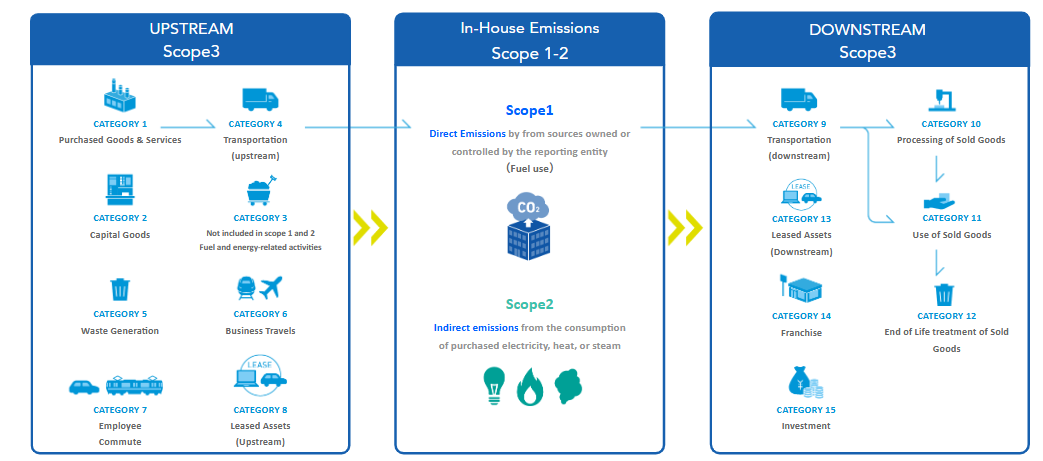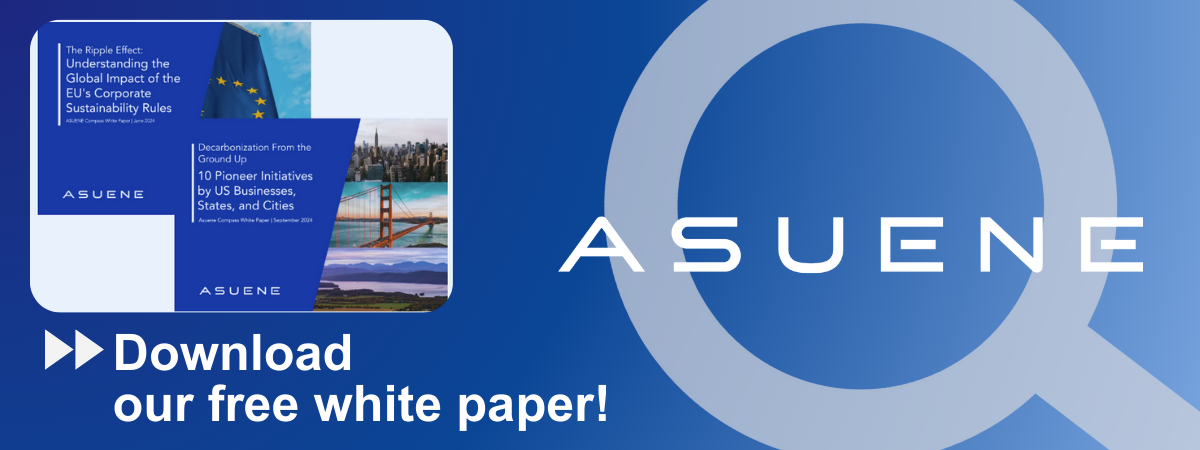- Article Summary
-
Overview
As the climate crisis accelerates, governments across the globe are tightening carbon disclosure requirements. In 2025, both the United States and the European Union are rolling out stricter climate-related regulations that demand deeper transparency and accountability from businesses. This article explores how companies can navigate these changes by understanding the nuances of Scope 1, 2, and 3 emissions and aligning their carbon accounting practices accordingly.
Understanding Scope 1, 2, and 3 Emissions
Scope 1 emissions refer to direct greenhouse gas (GHG) emissions from owned or controlled sources, such as company vehicles or on-site fuel combustion. Scope 2 emissions are indirect emissions from the generation of purchased electricity, steam, heating, and cooling consumed by the reporting company. Scope 3 covers all other indirect emissions in a company’s value chain, including both upstream and downstream activities such as supplier operations, product usage, and waste disposal.

Regulatory Landscape in 2025
The U.S. Securities and Exchange Commission (SEC) climate disclosure rules, finalized in 2024, require publicly traded companies to report material Scope 1 and 2 emissions, with Scope 3 disclosures mandated for larger firms or where material.
The European Union’s Corporate Sustainability Reporting Directive (CSRD), which came into effect in 2024 and will be phased in fully by 2028, significantly expands the scope of mandatory sustainability reporting. Companies subject to CSRD are required to report their Scope 1, 2, and 3 emissions in accordance with the European Sustainability Reporting Standards (ESRS), providing a comprehensive view of their climate impact. The directive applies not only to large EU companies and listed SMEs, but also to non-EU companies that generate over €150 million in turnover within the EU and operate at least one subsidiary or branch within the Union. In addition, companies must ensure that their reports are verified by an independent third-party auditor.
Scope-Specific Reporting Strategies
Scope 1: Companies should deploy emissions tracking systems at operational sites, ensuring real-time data collection. Verification protocols and emission factor databases must be regularly updated.
Scope 2: Adopt the market-based and location-based accounting methods recommended by the GHG Protocol. Firms should procure Energy Attribute Certificates (EACs) and engage in Power Purchase Agreements (PPAs) to reduce footprint.
Scope 3: Start by mapping the entire value chain to identify significant emission hotspots. Collaborate with suppliers to obtain primary data and improve estimation accuracy. Use industry benchmarks where primary data is unavailable.

Best Practices and Tools
Companies should leverage tools such as CDP questionnaires and the GHG Protocol toolkit, along with comprehensive software platforms like Asuene. Asuene enables efficient carbon tracking, emissions calculation, and Scope 1–3 reporting, while also facilitating third-party verification processes. These capabilities ensure regulatory compliance, audit readiness, and enhanced data integrity. In addition, fostering internal alignment by training cross-functional teams in sustainability literacy remains essential for embedding climate responsibility into corporate strategy.
Conclusion
With 2025 bringing a new era of carbon transparency, businesses must adopt proactive and detailed emission reporting strategies. Understanding the specific requirements of Scope 1, 2, and 3 emissions—and the regulations driving them—will be crucial for compliance, investor confidence, and long-term sustainability. Early preparation will not only mitigate regulatory risks but also unlock competitive advantage in a carbon-constrained economy.
Why Work with ASUENE Inc.?
Asuene is a key player in carbon accounting, offering a comprehensive platform that measures, reduces, and reports emissions, including Scope 1-3, with expertise in decarbonization. Asuene serves over 10,000 clients worldwide, providing an all-in-one solution that integrates GHG accounting, ESG supply chain management, a Carbon Credit exchange platform, and third-party verification.
ASUENE supports companies in achieving net-zero goals through advanced technology, consulting services, and an extensive network.


